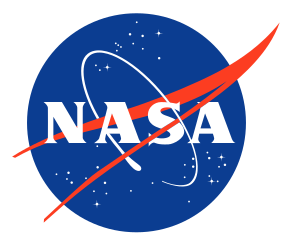 |
| English: The NASA insignia. Español: Insignia de la NASA. Italiano: Logo della NASA. Русский: Логотип НАСА. (Photo credit: Wikipedia) |
The balloon's scientific payload returned to Earth toting the cell wall, or frustule, of a type of microscopic algae called a diatom, the scientists report in the Journal of Cosmology.
"Our conclusion then is that life is continually arriving to Earth from space, life is not restricted to this planet and it almost certainly did not originate here."
The diatom fragment may have been delivered to Earth by a comet, Wainwright and his colleagues write in the paper, which can be read here at the Journal of Cosmology.
"There is probably truth to the report that they find curious stuff in the atmosphere," Chris McKay, an astrobiologist at NASA's Ames Research Center in Moffett Field, Calif., told SPACE.com via email. "The jump to the conclusion that it is alien life is a big jump and would require quite extraordinary proof. (The usual Sagan saying: extraordinary claims require extraordinary evidence. )"
"If the ratio of certain isotopes gives one number, then our organisms are from Earth; if it gives another, then they are from space," Wainwright said.
However, astrobiologist Dirk Schulze-Makuch of Washington State University thinks the study team should have performed such follow-up analyses, and consulted diatom experts, before publishing its provocative claim.
The Journal of Cosmology is no stranger to bold claims. Two years ago, for instance, it published a controversial study that purported to have found evidence of fossilized life in meteorites.
"I don't have ANY expertise in this area," Rosie Redfield, a microbiologist at the University of British Columbia, told SPACE.com via email. "But neither the Journal of Cosmology nor Dr. Wickramasinghe have any scientific credibility, and one fragment of a diatom frustule is hardly significant evidence."

No comments:
Post a Comment